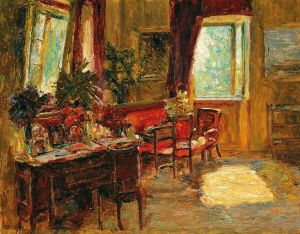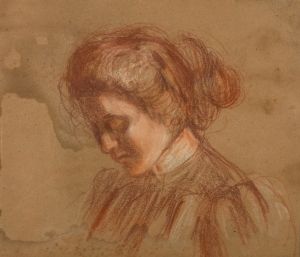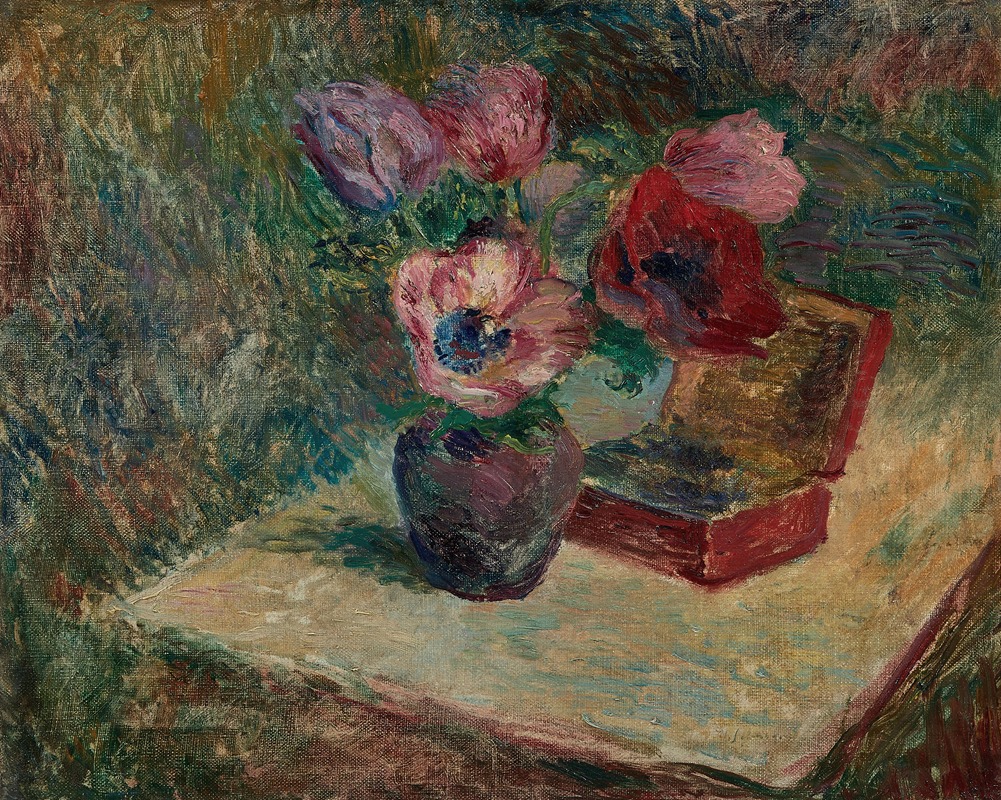
Bouquet d’anémones
A hand-painted replica of Henri Lebasque’s masterpiece Bouquet d’anémones, meticulously crafted by professional artists to capture the true essence of the original. Each piece is created with museum-quality canvas and rare mineral pigments, carefully painted by experienced artists with delicate brushstrokes and rich, layered colors to perfectly recreate the texture of the original artwork. Unlike machine-printed reproductions, this hand-painted version brings the painting to life, infused with the artist’s emotions and skill in every stroke. Whether for personal collection or home decoration, it instantly elevates the artistic atmosphere of any space.
Henri Lebasque was a French post-impressionist painter known for his vibrant use of color and light. He was born on September 25, 1865, in Champigné, France, and his artistic career spanned the late 19th and early 20th centuries. Lebasque's work is often associated with the Intimists, a group of artists who focused on depicting domestic life and intimate scenes with a sense of warmth and comfort.
"Bouquet d’anémones" is one of Lebasque's notable works, showcasing his mastery in capturing the delicate beauty of flowers. While specific details about the painting's creation, such as the exact year it was painted, are not widely documented, it is representative of Lebasque's style during his mature period. This painting exemplifies his ability to blend impressionist techniques with a more modern approach to color and composition.
The painting features a bouquet of anemones, a type of flowering plant known for its vibrant colors and delicate petals. Lebasque's choice of anemones reflects his interest in capturing the transient beauty of nature, a common theme in his work. The composition is characterized by its harmonious balance and the subtle interplay of light and shadow, which imbue the flowers with a sense of life and movement.
Lebasque's use of color in "Bouquet d’anémones" is particularly noteworthy. He employs a rich palette, with bold reds, purples, and whites, contrasted against a softer background. This use of contrasting colors not only highlights the flowers but also creates a sense of depth and dimension within the painting. The brushwork is fluid and expressive, typical of Lebasque's style, allowing the viewer to feel the texture and vibrancy of the flowers.
Throughout his career, Lebasque was influenced by his contemporaries, including Pierre Bonnard and Édouard Vuillard, who were also part of the Intimist movement. However, Lebasque developed his unique approach, characterized by a more luminous and airy quality. His works often evoke a sense of tranquility and joy, capturing the simple pleasures of life.
"Bouquet d’anémones" is a testament to Lebasque's skill in portraying the beauty of everyday subjects. His ability to infuse ordinary scenes with warmth and vitality has earned him a lasting place in the history of art. Today, his works are held in various private and public collections, admired for their charm and technical proficiency.
Henri Lebasque passed away on August 7, 1937, in Le Cannet, France. His legacy continues to be celebrated, and "Bouquet d’anémones" remains a fine example of his contribution to the post-impressionist movement. The painting not only reflects Lebasque's artistic vision but also offers viewers a glimpse into the serene and colorful world he sought to capture.






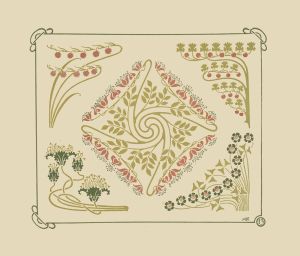

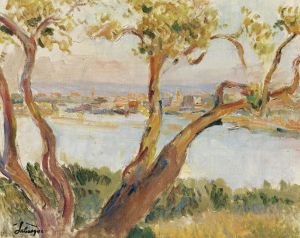
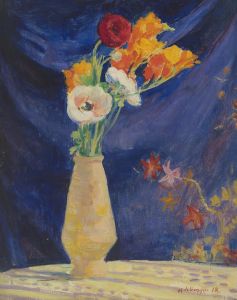

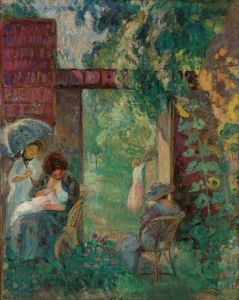
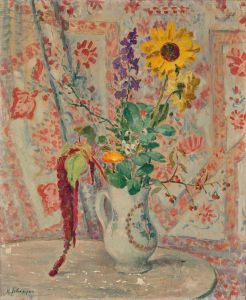
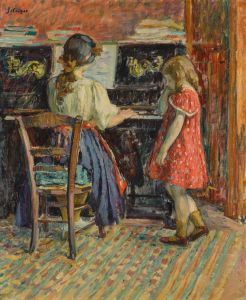
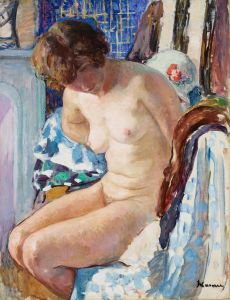
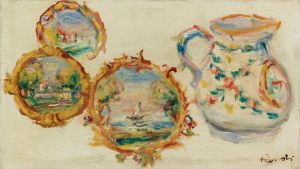
![[Interior design drawings for unidentified rooms.] [Sketch for hallway colored green and purple](/imgs/249268/s/winold-reiss-interior-design-drawings-for-unidentified-rooms-sketch-for-hallway-colored-green-and-purple-4dbe0353.jpg)
